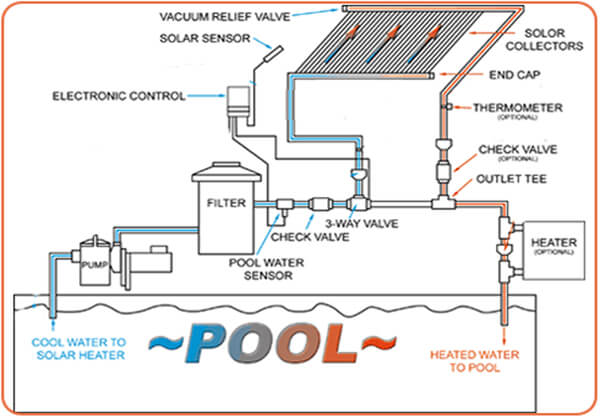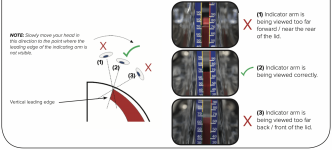Hi,
So originally my plumbing for solar was supposed to look like the following:
Filter -> Check valve -> 3 Way valve -> 1-solar
2-heater
Unfortunately there wasn't enough space between the filter and the 3 way valve so my plumber did the following:
Filter ->Check valve -> 3 Way valve -> 1-check valve -> 1-solar,
2-heater
With this setup I assume that intake pipe of the solar will never drain because of the check valve which isn't ideal (especially in winter) so I am inclined to remove it. At the same time I don't want the water to drain backwards through my filter and pump back into the pool (when the pump turns off). Is it ok to put a check valve between the pump and filter instead of after the filter (since there isn't enough space to put one) to prevent the water from draining backwards through the filter?
As always your help is very much appreciated!
So originally my plumbing for solar was supposed to look like the following:
Filter -> Check valve -> 3 Way valve -> 1-solar
2-heater
Unfortunately there wasn't enough space between the filter and the 3 way valve so my plumber did the following:
Filter ->
2-heater
With this setup I assume that intake pipe of the solar will never drain because of the check valve which isn't ideal (especially in winter) so I am inclined to remove it. At the same time I don't want the water to drain backwards through my filter and pump back into the pool (when the pump turns off). Is it ok to put a check valve between the pump and filter instead of after the filter (since there isn't enough space to put one) to prevent the water from draining backwards through the filter?
As always your help is very much appreciated!



